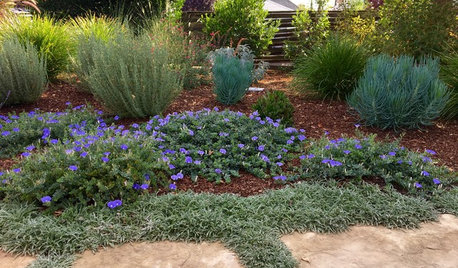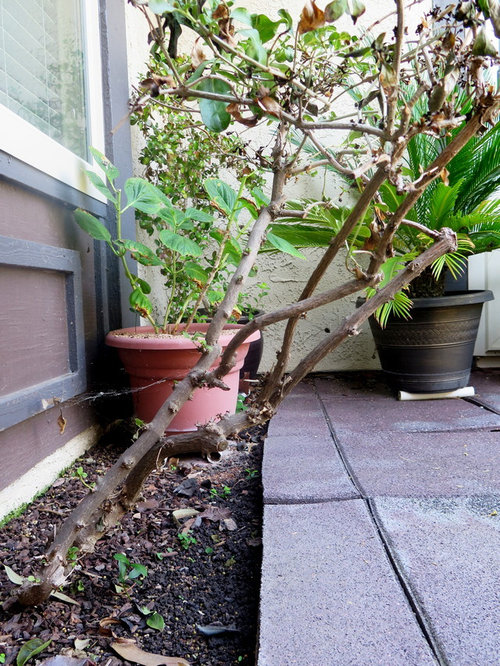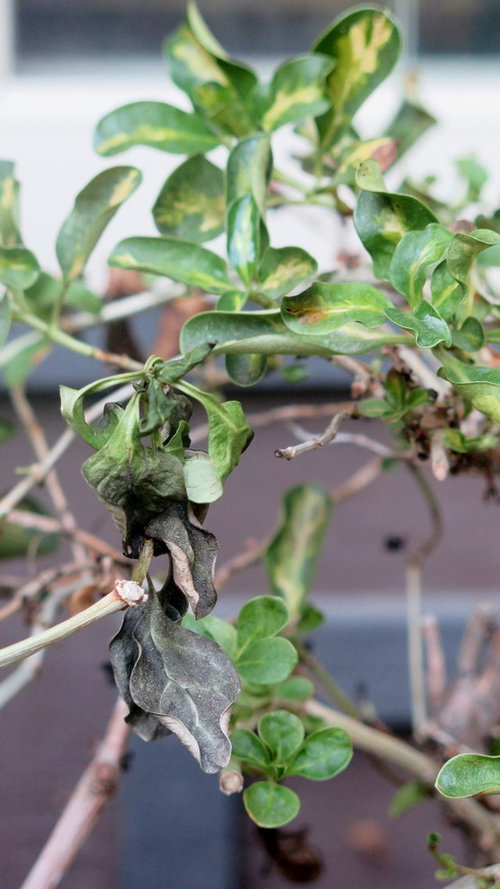Replace native soil with bagged "garden soil"?
Gary in Riverside Ca (USA) USDA Zone 9b; Sunset Zone 18
5 years ago
last modified: 5 years ago
Featured Answer
Sort by:Oldest
Comments (9)
kimmq
5 years agotoxcrusadr
5 years agoRelated Professionals
Simpsonville Landscape Architects & Landscape Designers · Fitchburg Landscape Architects & Landscape Designers · Wheeling Landscape Architects & Landscape Designers · Burien Landscape Contractors · Chesapeake Ranch Estates Landscape Contractors · Fair Lawn Landscape Contractors · South Lake Tahoe Landscape Contractors · Thornton Landscape Contractors · Forest Hill Landscape Contractors · Goldenrod Landscape Contractors · Framingham Decks, Patios & Outdoor Enclosures · Inwood Decks, Patios & Outdoor Enclosures · Saint Louis Park Decks, Patios & Outdoor Enclosures · Statesville Decks, Patios & Outdoor Enclosures · Sugar Land Decks, Patios & Outdoor EnclosuresTNflowerlover Zone 7a
5 years agogardengal48 (PNW Z8/9)
5 years agogardengal48 (PNW Z8/9)
5 years agoNevermore44 - 6a
5 years agolast modified: 5 years ago
Related Stories

LANDSCAPE DESIGNFlood-Tolerant Native Trees for Soggy Soil
Swampy sites, floodplains, even standing water ... if you've got a soggy landscape, these trees are for you
Full Story
GARDENING GUIDESWhat to Do This Fall to Build Healthy Garden Soil
Take advantage of the cool season to improve soil texture and replenish nutrients
Full Story
CONTAINER GARDENSContainer Gardening Basics: The Dirt on Soil
Learn the types of potting soil available and the best mixes to help your containers thrive
Full Story
FARM YOUR YARDHow to Get Good Soil for Your Edible Garden
The nutrients in your soil feed the plants that feed you. Here are tips on getting it right — just in time for planting season
Full Story
GARDENING GUIDESGrow a Beautiful Garden in Alkaline Soil
Got alkaline soil? Learn how to manage it and the many beautiful plants that will thrive in this ‘sweet’ soil
Full Story
GARDENING GUIDESGardening Solutions for Dry, Sandy Soils
Has your desert or beachy site withered your gardening creativity? Try these ideas for a beautiful, easy-care landscape
Full Story
LANDSCAPE DESIGNHow to Shape a Rain Garden and Create the Right Soil for It
Learn how to grade, lay out and amend the soil in your rain garden to support your plants
Full Story
GARDENING GUIDESInvite Cellophane Bees to Your Garden by Providing Patches of Bare Soil
Look for cellophane bees (Colletes) pollinating flowering trees and shrubs in U.S. gardens this spring
Full Story
GARDENING GUIDESGardening Solutions for Heavy Clay Soils
What’s a gardener to do with soil that’s easily compacted and has poor drainage? Find out here
Full Story
GARDENING GUIDESHave Acidic Soil in Your Yard? Learn to Love Gardening Anyway
Look to acid-loving plants, like conifers and rhododendrons, to help your low-pH garden thrive
Full StoryMore Discussions










gardengal48 (PNW Z8/9)